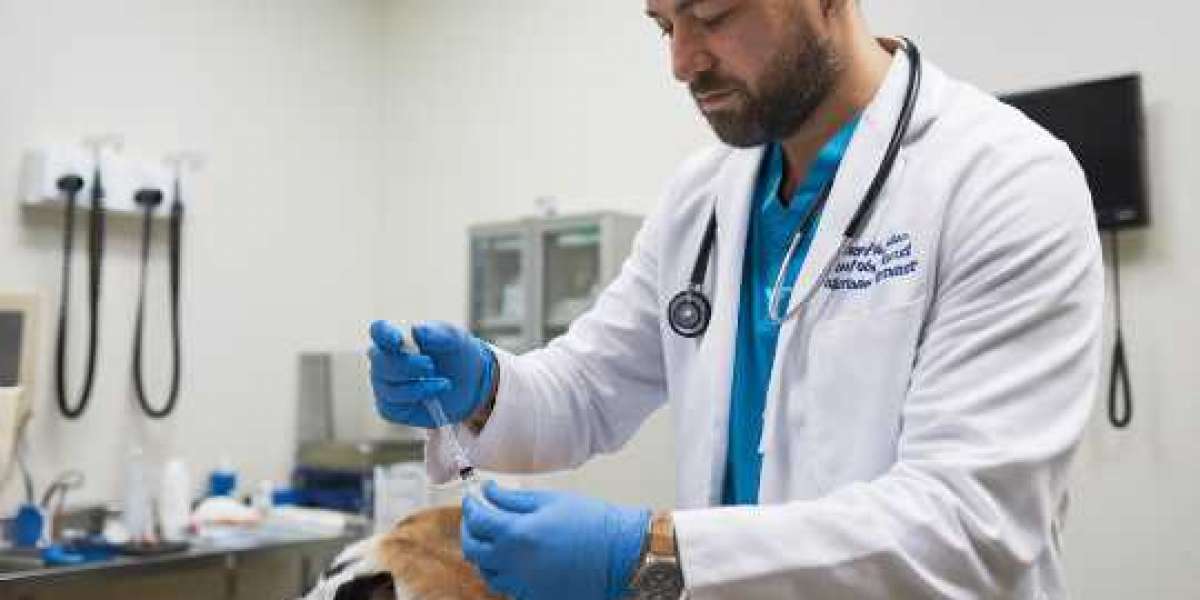When the time comes to say goodbye to a beloved pet, the decision can be heart-wrenching. Our pets are more than just animals; they are family members who have shared our lives, brought us joy, and provided us with unconditional love. In their final moments, we want to ensure that they are treated with the same love and respect that they have shown us throughout their lives. For many pet owners in San Antonio, choosing peaceful pet euthanasia can be a compassionate option that allows pets to pass in a familiar and comforting environment. This article explores the process of pet euthanasia, the benefits of in-home services, and how to make this difficult decision with grace and compassion.
Understanding Pet Euthanasia
Pet euthanasia is a humane procedure that involves administering a medication that gently and painlessly induces death. It is often considered when a pet is suffering from a terminal illness, severe injury, or a decline in quality of life that cannot be improved. The primary goal of euthanasia is to relieve suffering and provide a peaceful end to a beloved pet's life. In San Antonio, various veterinary services specialize in this sensitive area, offering both in-clinic and in-home euthanasia options.
When Is It Time to Consider Euthanasia?
Deciding when to euthanize a pet is one of the most challenging decisions a pet owner can make. It's important to evaluate your pet's quality of life and consider factors such as:
Pain and Suffering: Is your pet in chronic pain that cannot be managed with medication? Are they showing signs of distress or discomfort?
Loss of Appetite: Has your pet stopped eating or drinking, leading to significant weight loss and malnutrition?
Mobility Issues: Is your pet having trouble standing, walking, or engaging in activities they once enjoyed?
Behavioral Changes: Have you noticed significant changes in your pet’s behavior, such as increased aggression, anxiety, or withdrawal?
Chronic Illness: Is your pet suffering from a chronic condition that severely impacts their quality of life and cannot be treated?
If you’re unsure, consulting with your veterinarian can provide valuable insights. They can help assess your pet’s condition and discuss options, including pain management, palliative care, and euthanasia.
The Benefits of In-Home Euthanasia
For many pet owners, in-home euthanasia is a preferred option. Here are some reasons why this choice can be beneficial for both pets and their families:
Familiar Environment: Being in their own home allows pets to feel more comfortable and secure during their final moments. Familiar sights, smells, and sounds can help reduce anxiety and fear.
Less Stress: Visiting a veterinary clinic can be stressful for pets, especially those who are already unwell. In-home euthanasia eliminates the need for travel and provides a calm atmosphere.
Family Support: In-home euthanasia allows family members to gather together in a familiar setting. This shared experience can provide comfort and support to both the pet and their loved ones.
Personalized Care: Many in-home euthanasia services in San Antonio provide personalized care, ensuring that the process is as compassionate and respectful as possible. Veterinarians often take the time to explain the procedure and answer any questions, allowing families to feel more at ease.
Memorable Goodbyes: The opportunity for a peaceful goodbye in a familiar setting can create lasting memories. Families can take their time to say goodbye, share stories, and express their love without the constraints of a clinic environment.
The Euthanasia Process
Understanding the euthanasia process can help alleviate some anxiety surrounding the decision. Here’s what to expect during an in-home euthanasia appointment:
Consultation: Before the procedure, the veterinarian will discuss your pet’s condition and ensure that you are comfortable with the decision. They will explain the steps of the process and answer any questions you may have.
Preparation: The veterinarian will create a comfortable space for your pet, often laying down a soft blanket or mat. You may choose to have your pet in their favorite spot or with their favorite toys nearby.
Sedation: In many cases, the veterinarian will first administer a sedative to help your pet relax and feel calm. This ensures that your pet is comfortable and at ease during the process.
Administration of Euthanasia Solution: Once your pet is relaxed, the veterinarian will administer an injection of euthanasia solution. This medication is designed to induce a gentle and painless passing, allowing your pet to slip away peacefully.
Goodbye: You will have the opportunity to say your final goodbyes and express your love. Many families choose to be present until the very end, while others may prefer to step away for a moment. The decision is entirely personal.
Aftercare: Following the procedure, the veterinarian can discuss aftercare options. This may include burial, cremation, or memorial services. Many services offer paw print keepsakes or other mementos to honor your pet’s memory.
Coping with Grief
Losing a pet is a profound experience that can bring about feelings of grief and sadness. It’s essential to allow yourself to grieve and seek support if needed. Here are some ways to cope with the loss of a beloved companion:
Allow Yourself to Feel: It’s natural to experience a wide range of emotions, including sadness, anger, and even guilt. Allow yourself to feel these emotions without judgment.
Reach Out for Support: Talk to friends and family members who understand the bond you had with your pet. Consider joining a pet loss support group or seeking professional counseling.
Create a Memorial: Honoring your pet’s memory can be therapeutic. Consider creating a scrapbook, planting a tree, or holding a small memorial service to celebrate their life.
Reflect on the Good Times: Focus on the happy memories and the joy your pet brought to your life. Remembering the good times can help you heal and cherish the bond you shared.
Give Yourself Time: Grieving is a process that takes time. Be patient with yourself and allow yourself the space to heal.
Conclusion
Deciding to pursue pet euthanasia is never easy, but when the time comes, peaceful in-home euthanasia services in San Antonio can provide a compassionate and dignified farewell for your beloved companion. By prioritizing your pet’s comfort and well-being, you can ensure that their final moments are filled with love and tranquility. Remember that you are not alone in this journey; there are resources and support available to help you through this difficult time. Embrace the love and memories you shared, and allow yourself the grace to heal as you move forward.






